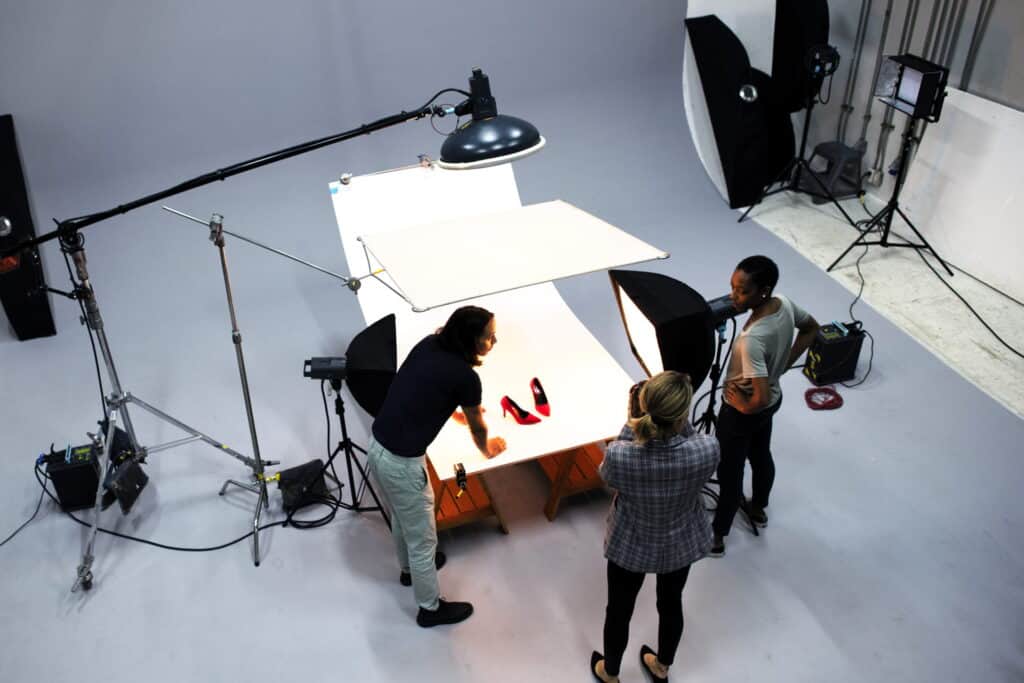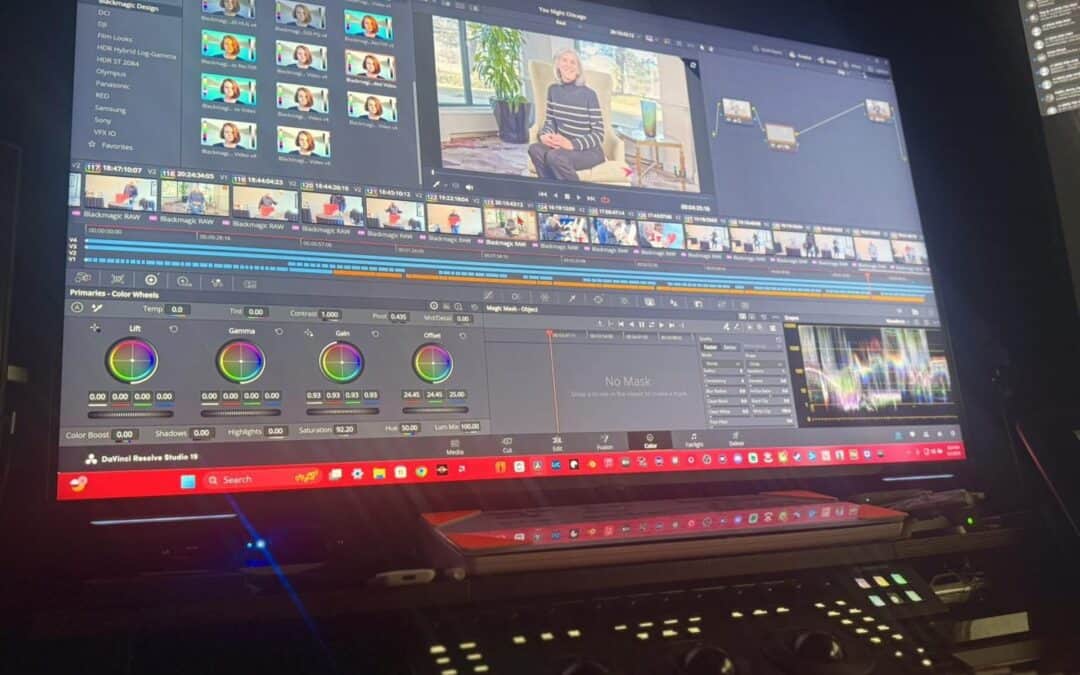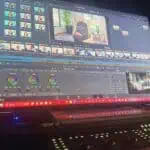Behind every sharp, polished video lies a process far more unpredictable than marketers often expect. Scripts change, timelines stretch, and many of the most important decisions happen long before cameras roll. Video production, while visually expressive, is rooted in logistics, collaboration, and timing. According to Slate Media Studios, missteps usually don’t come from bad ideas—they come from underestimating the detailed realities of video production.
1. Unseen Budget Pressures in Video Production
Expenses extend far beyond hiring a camera operator or renting gear. Labor, preparation, editing time, insurance, licensing, and logistical overhead all contribute to mounting costs. According to data from the U.S. Bureau of Labor Statistics, editors earn a median annual income of $70,980 and camera operators average $68,810. The real impact, however, comes from compounded daily costs that emerge as shoots run long or scope expands unexpectedly.
Professional crew rates often don’t include overtime or location fees
Rentals typically require deposits, delivery coordination, and backup equipment
Legal fees for location access or music licensing can escalate quickly
2. Pre-Production Planning Shapes Creative Outcomes
Initial planning drives the final product more than many expect. The creative phase—where ideas are formed, scripts are written, and visuals are mapped—dictates the clarity of the shoot. A vague or loosely defined concept can derail days of production and force last-minute changes. Slate Media Studios encourages clients to finalize storyboards and outline messaging before even scouting locations.
Storyboarding acts as a visual script that aligns everyone
Creative concepts should match audience behavior and platform formats
Brand voice must be clearly reflected in scripting and tone direction
3. Realistic Timelines Prevent Costly Delays
Production timelines are often overly optimistic, especially when factoring in post-production. A shoot that seems simple may involve multiple lighting setups, location changes, and sound adjustments. According to industry-standard budgeting models, a mid-range commercial shoot day can range from $25,000 to $60,000. When schedules slip, those extra days bring significant financial strain.
Post-production often takes 2–3 times longer than shooting
Tight turnarounds reduce flexibility for revisions and polishing
Delayed timelines can affect campaign rollouts and ad buys

4. Strong Pre-Production Reduces On-Set Stress
Detailed groundwork saves time and prevents confusion when it matters most. That means scouting every location, casting talent early, securing permits, and planning technical logistics down to frame composition. Videomaker reports that well-prepared teams consistently deliver higher-quality content with fewer reshoots. Slate Media Studios advises clients to walk through each scene before production begins to identify friction points.
Weather, lighting angles, and ambient sound are key scouting considerations
Cast and crew availability must match production timelines
Technical rehearsals help reduce mistakes and speed up shoot days
5. Lighting and Sound Drive Viewer Perception
Mood, clarity, and trust all depend on precise audio and lighting setups. While visuals grab attention, poor lighting or distorted sound instantly reduce credibility. Studies show viewers tolerate average image quality but will leave a video quickly if the audio is unclear. Slate Media Studios often conducts sound tests and lighting rehearsals in advance to eliminate common errors.
Directional lighting helps focus attention and highlight emotion
Sound must be tested in context—rooms with echo or outdoor shoots need extra attention
Microphone selection and audio mixing are just as important as camera choice
6. Editing Requires More Than Technical Skill
The post-production phase involves narrative refinement, brand consistency, and audience engagement strategy. Editors handle audio balancing, motion graphics, scene transitions, pacing, and color grading—each tailored to specific channels or campaign goals. The U.S. Bureau of Labor Statistics emphasizes that editing demands both software mastery and strong storytelling instincts. Slate Media Studios reminds marketers that most strong edits require at least one full feedback loop after the first cut.
Color correction ensures skin tones, product shots, and branding are visually coherent
Transitions and music choices help guide emotional response
Social versions often require reformatting for vertical or square layouts
7. Aligned Expectations Avoid Production Friction
Confusion and disappointment typically stem from unclear direction or inconsistent feedback. Stakeholders often join late in the process with last-minute requests, which can cause costly rework or missed deadlines. Slate Media Studios recommends signing off on creative direction, style references, and scripts during pre-production. Having a single point of contact for decisions streamlines communication and reduces delays.
Clear timelines and milestone approvals prevent overrevisions
Shared reference material keeps creative aligned throughout
Centralized feedback reduces miscommunication between departments

Key Takeaways From 7 Video Production Truths Every Marketer Needs to Understand
Accurate budgeting requires factoring in logistics, labor, and unexpected costs
Creative development during pre-production dictates message clarity and audience impact
Timelines should allow for edits, reshoots, and stakeholder approvals
Strong preparation avoids common on-set delays and overspending
Lighting and audio setups influence viewer trust and attention retention
Editing is a strategic process that shapes emotional and visual tone
Early alignment and clear communication prevent major disruptions
Frequently Asked Questions
1. What hidden costs are common in video production?
Legal fees, insurance, and logistics like equipment delivery or overtime labor often push budgets beyond initial estimates.
2. How long should pre-production take?
For commercial content, two to four weeks is typical for storyboarding, casting, and location approvals, depending on scope.
3. Why do editing timelines stretch so long?
Each round of revisions, format adjustments, and creative polishing adds time, especially with multiple stakeholders involved.
4. What’s the biggest mistake marketers make during video production?
Many delay approvals or change direction mid-project, which forces edits and causes missed launch dates.
5. Is audio really more important than visuals?
Yes—studies confirm viewers are more likely to exit a video with poor audio, even if the visuals are appealing.







